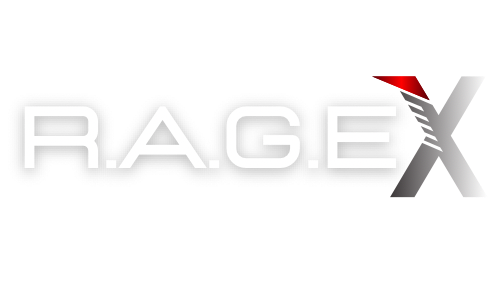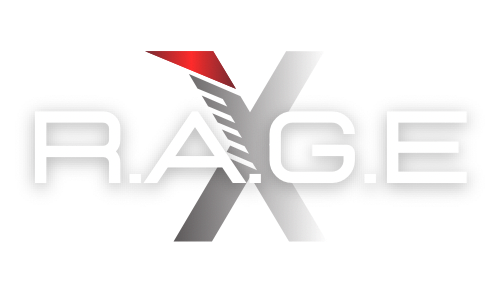In a significant step toward enhancing its aerial surveillance and command capabilities, North Korea has revealed what appears to be its first-ever airborne early warning and control (AEW&C) aircraft. The move signals a notable evolution in Pyongyang’s air force, which has long been regarded as antiquated and technologically behind its regional adversaries.

The aircraft was unveiled in images broadcast by the state-run Korean Central News Agency (KCNA), which showed North Korean leader Kim Jong Un aboard the newly equipped plane. During what was described as an official inspection, Kim was seen giving instructions to senior military officials, suggesting that the platform is intended to play a pivotal role in future military planning and command coordination.
Built on the Soviet-era Ilyushin Il-76 airframe, the aircraft features a conspicuous dorsal-mounted radome—a signature of AEW&C systems—that likely houses a sophisticated radar suite. This configuration is designed to provide extensive aerial surveillance coverage and command-and-control functions across a wide operational radius. Such capabilities would dramatically expand North Korea’s ability to detect and respond to aerial threats, and to direct its own aircraft during potential conflicts.

According to defense analysts in Seoul, the radar and onboard console configurations are reminiscent of systems used by both China and India. In particular, the aircraft’s internal layout bears striking similarities to India’s A-50EI, an Israeli radar-equipped Il-76 variant, rather than the original Russian A-50. This hybridization suggests that Pyongyang has drawn from multiple foreign sources in reverse-engineering its own AEW&C platform—an approach consistent with North Korea’s past efforts to adapt foreign military technologies to its needs.
If confirmed to be fully operational, the introduction of an AEW&C aircraft could represent a strategic leap for the North Korean military. The country has traditionally relied on a fleet of outdated Soviet-designed fighters and lacked meaningful electronic warfare or early-warning capabilities. This new development could enable more effective coordination of air defense networks, early threat detection, and battlefield management—a capability gap that South Korean and U.S. forces have long counted on.

Still, South Korean officials have responded with measured skepticism. A spokesperson from the South Korean Joint Chiefs of Staff acknowledged the aircraft’s existence but downplayed its operational significance. “We assess that the aircraft is extremely slow and vulnerable to interception,” the spokesperson noted. “Operational capability and effectiveness remain subject to further evaluation.”
Military observers point out that while the aircraft could offer improved surveillance over key areas—particularly around the capital Pyongyang—its utility may be limited by outdated propulsion systems, electronic vulnerabilities, and North Korea’s constrained ability to deploy such assets flexibly. Nonetheless, even a limited AEW&C presence marks a meaningful advancement, as it introduces a new layer of complexity into any potential military scenario involving the Korean Peninsula.
The appearance of the aircraft also underscores Kim Jong Un’s continued emphasis on advancing military technologies despite international sanctions and economic pressures. Recent months have seen a flurry of weapons tests and technological unveilings by North Korea, from tactical nuclear weapons to satellite capabilities—part of a broader effort to modernize its armed forces and showcase deterrent strength.
While it remains unclear how many such AEW&C aircraft North Korea intends to field, the current unveiling likely serves both operational and propaganda purposes. By demonstrating technological progress, Pyongyang aims to bolster its domestic narrative of military modernization while sending a strategic message to adversaries in Seoul, Tokyo, and Washington.
As regional tensions continue to simmer, the emergence of a North Korean AEW&C platform will be closely monitored by intelligence agencies and defense planners. Its presence, however limited, could shift certain calculations regarding airspace management, early-warning systems, and command structures in any future conflict scenario.









